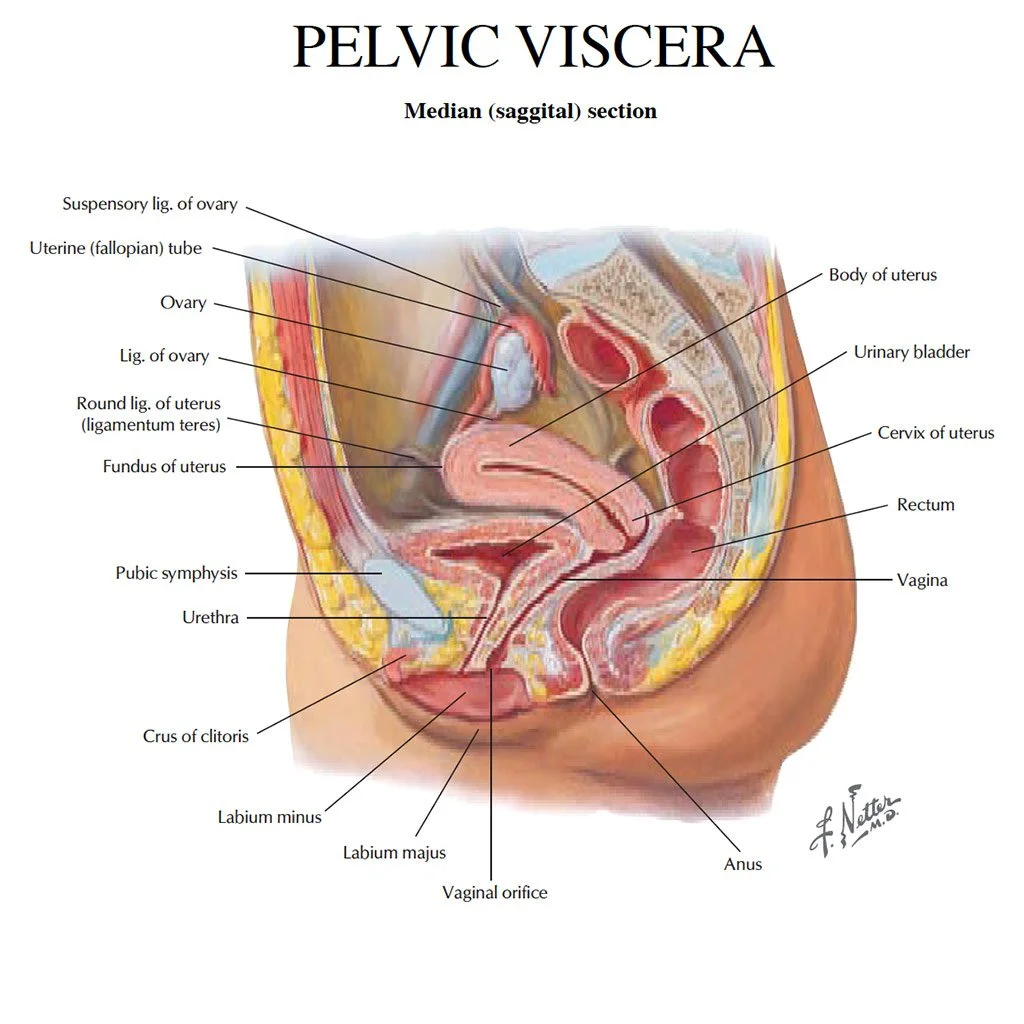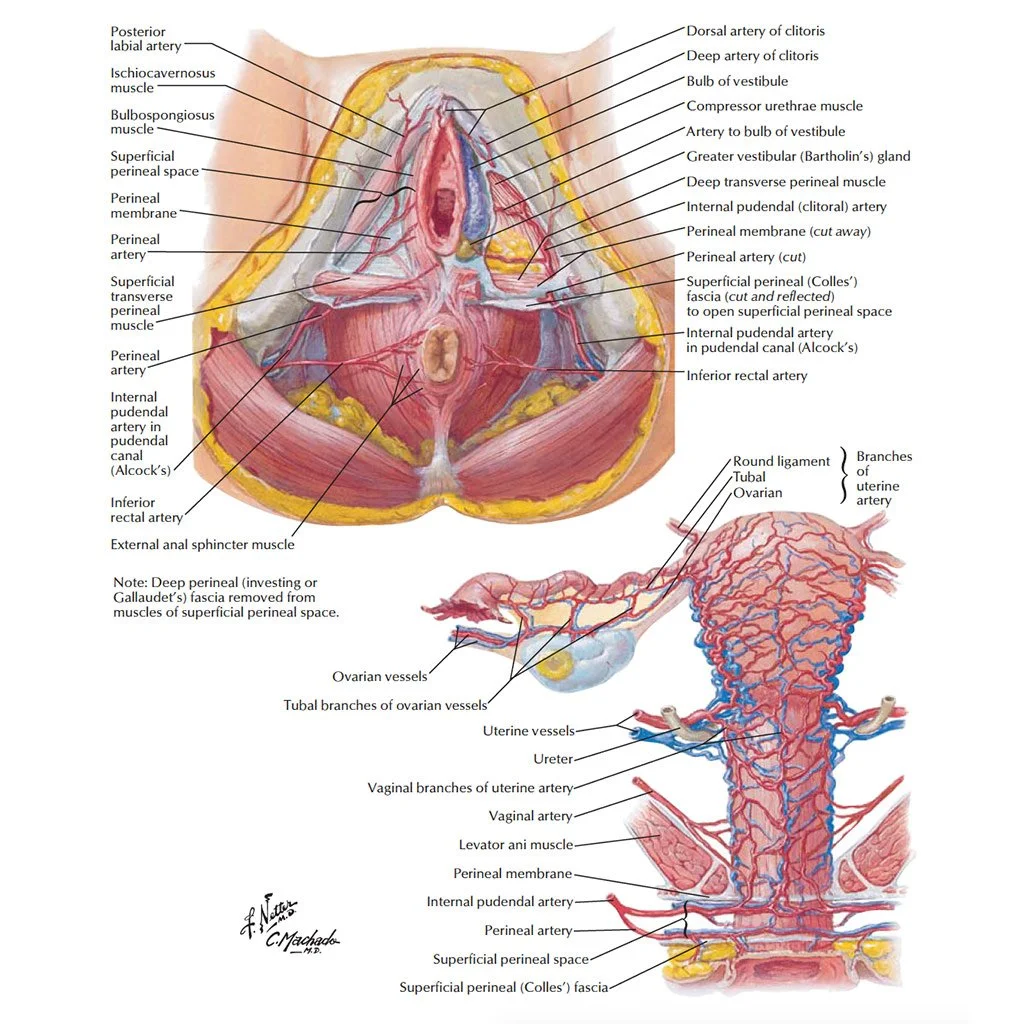After receiving a preliminary diagnosis and allopathic treatment plan, I joined a Facebook group called, “HYSTERECTOMY CONSQUENCES: What Women Are Not Told”. This group was the single most contributing factor in my decision to not entertain a full hysterectomy at 44 years old. Below are the facts that I learned in the group along with an invaluable resource.
Here are the FACTS:
A woman’s gonads are her ovaries. Removal of the ovaries is CASTRATION, and the aftereffects are to women what the aftereffects of removal of the testicles are to men.
Removal of the uterus causes the loss of uterine orgasm.
Less than 2% of all hysterectomies are life-saving. Most hysterectomies are performed for benign conditions, not medical problems.
The ligaments that suspend the uterus are also the support structures for our midsection. They keep the spine, hips, and rib cage where they belong.
Whether the hysterectomy is partial or total ALL the ligaments, nerves, and blood supply attached to the uterus must be severed to remove it.
Severing the ligaments permits the pelvic bones to move and widen, affecting hips, lower back, and skeletal structure.
The displacement of the pelvic bones results in compression of the spine.
The compression is why hysterectomized women have protruding bellies and little to no waist.
Weakening of the pelvic floor and a loss from the severing of pelvic nerves may result in urinary incontinence, chronic constipation, or fecal incontinence.
Bladder, bowel, and urinary problems are common after hysterectomy.
Physical sexual sensation is diminished or lost entirely because of the severing of nerves and the removal of the uterus.
One of the many functions of the uterus and the ovaries is cardiovascular protection.
When the uterus is removed, woman have a 3x greater incidence of heart disease.
When the ovaries are removed, women have a 7x greater incidence of heart disease.
During a vaginal hysterectomy the uterus is removed through the vagina.
Because the uterus is continuous with the cervix which is continuous with the vagina, the surgeon cuts into the vagina around the cervix, creating a hole in the top of the vagina.
This hole in the vagina must be sutured shut, forming a closed pocket, and a shortened vagina.
Your period may end, but you may still ovulate and have cramps each month.
If your ovaries are removed, menopausal symptoms start right away.
The result of a hysterectomy is the same: a hormone-responsive reproductive sex organ is removed.
SUPPORTING STRUCTURES
NERVE SUPPLY
ARTERIES & VEINS
Valuable Resource
For a comprehensive view of hysterectomy visit the H.E.R.S Foundation website here.
All in all, it is a woman’s prerogative to “select” to have a hysterectomy. It’s my hope that woman make this decision with full disclosure and without the pressure of her medical care team. In life you are either wise or otherwise. BE WISE WITH ALL OF YOUR DECISIONS CONCERNING YOUR HEALTH AND WELLNESS. Coercion, fear, and doubt won’t heal your dis-ease.



